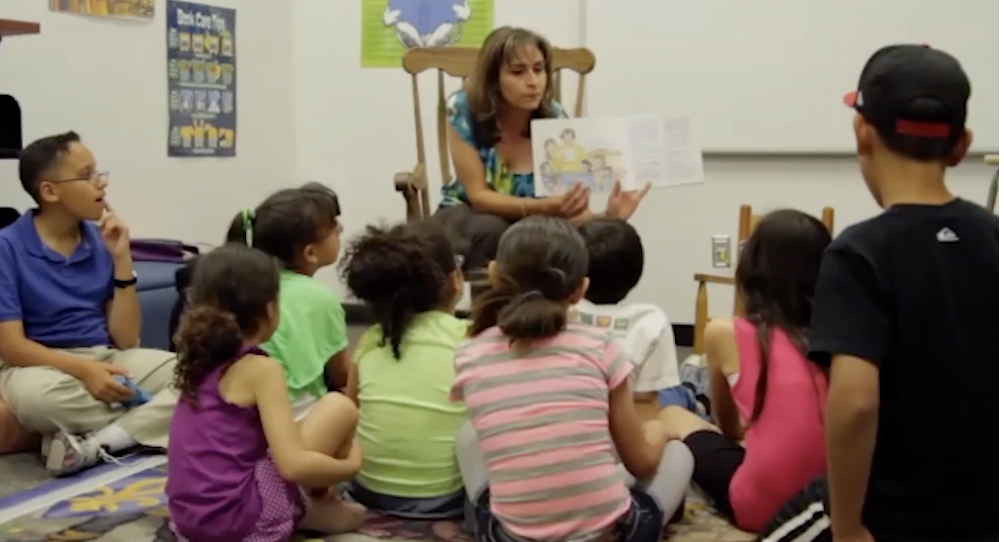
Creating a welcoming school environment that is inclusive for all students requires a holistic approach. It requires school administrators and educators to join together to create a learning environment that takes into consideration the language, cultures, and family structures of their students. We have listed a few ways on how creating a welcoming school environment can be achieved with ease.
Use Inclusive Language
Inclusive language is pertinent in creating a welcoming school environment. Ensure that all official school forms and online communications are accessible to families and family units who speak languages other than English. Additionally, it is important to use gender-neutral language. Within the classroom setting, teachers can use inclusive language such as “your caring adult(s) or loved one(s) at home” rather than saying “your mom and dad.” It is also important to address students as “scholars,” “learners” or refer to them by their class year, instead of referring to them as “boys and girls.”Put a Halt to Mean Situations
A welcoming school environment is one in which school administrators, teachers, and staff put a halt to mean actions and words. It is important that teachers and staff put a stop to hurtful name-calling or other harmful actions. Teachers and staff can use incidents involving mean situations as a teachable moment, so that students can learn from the offense. Bullying involves mean actions and words, and should be dealt with immediately. No student should fear for their safety or mental health within a school setting.
Be Positive
Positivity is contagious! In order to create a welcoming school environment, it is important to be positive and strive to create a positive setting. School administrators, teachers, and staff must set clear, school-wide or district-wide rules, which establish respect for all families and students. It is important to praise situations and outcomes that are positive in nature, in order to foster favorable situations.
Foster & Embrace Diversity
Foster and embrace diversity by using diverse books and images in the classroom and school environment. Bulletin boards and posters should showcase diversity, as well as promote respect and justice for all individuals. Students should be encouraged to read books that provide mirrors and windows. Books with mirrors reflect the students’ own experiences and identities. Books with windows foster appreciation of differences. Fortunately, Lectura Books has an array of books that help promote diversity and a positive view of English Language Learners (ELLs)
Final Thoughts
Creating a welcoming school environment is crucial to have successful educational outcomes and academic success. An organization that encourages the creation of a welcoming, inclusive school environment is The Latino Literacy Project. The organization offers literacy programs that guides educational leaders and parents on how to foster communication and inclusiveness. The Project helps school leaders and parents navigate the education system, so that they can provide their students and children with the proper tools and skills needed to succeed academically.
